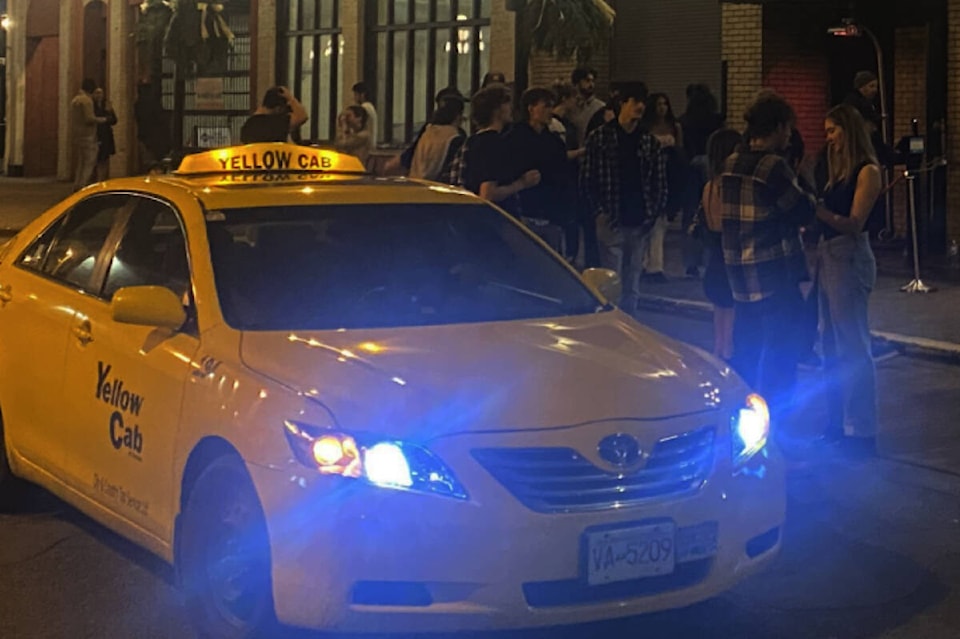Many Greater Victoria residents have embraced Uber since it came to the region seven months ago, but taxis have not been as fond of their arrival.
BC Taxi Association president Monah Kang said the introduction of Uber in the region has had a “negative impact” on their number of riders.
Bluebird Cabs, one of the many taxi companies in the region, reported that revenue was down 10 per cent between Jan. 1 to Jan. 16, 2024, compared to the same window of days in 2023.
“I have noticed Uber is trying to flood the market with drivers,” said Micheal Westeroth, general manager of Bluebird Cabs.
Although it varies between cab companies, the BC Taxi Association confirmed is Uber taking a significant amount of taxi patrons.
“Uber is competition, right? It’s always good if you have fair competition and in this case, I would say there’s not a level playing field,” Kang said.
The ride-share service now has a large fleet of vehicles in Greater Victoria. But when the company launched in the city seven months ago, it urgently needed employees.
On launch day, Uber Canada general manager Micheal van Hemmen announced that Victoria does not currently have enough drivers “to meet expected demand.” The company was so eager to hire employees that they offered a $1,000-bonus to drivers who completed 20 trips within the first two weeks of operation.
Victoria Mayor Marianne Alto even highlighted the importance of ensuring an “even playing field” when Uber was introduced.
READ MORE: Uber starts in Greater Victoria without enough drivers to meet demand
Since June, Uber has fulfilled its staffing needs.
The two modes of transportation each have their own methods of ensuring employees continue to stay.
One is potentially more protective while the other can allow for better flexibility.
With more drivers on the road, Uber told Black Press Media in a statement that “riders will notice ETAs have gone down and service is more reliable.”
Although Uber is sufficiently staffed, Kang makes the case that many employees from the cab companies did not move to Uber because they were covered by the employment standard.
“Let’s say a taxi driver works 10 hours, that’s $167.50, right? Unless they’re going to make enough money the companies are bound to pay from pocket. That is not the case with Uber so far.”
According to the Gig Drivers of Canada, Uber pays ride-share drivers on a trip-by-trip basis. Each trip’s payment is a sum of three parts that make up the fare, with the driver receiving 75 per cent of the fare that’s charged to the passenger. The three parts of the formula to make up the fare are the base fare, plus time and distance.
– With files from Natasha Baldin
READ MORE: Victoria woman awarded over $1M in damages following rear-end collision
